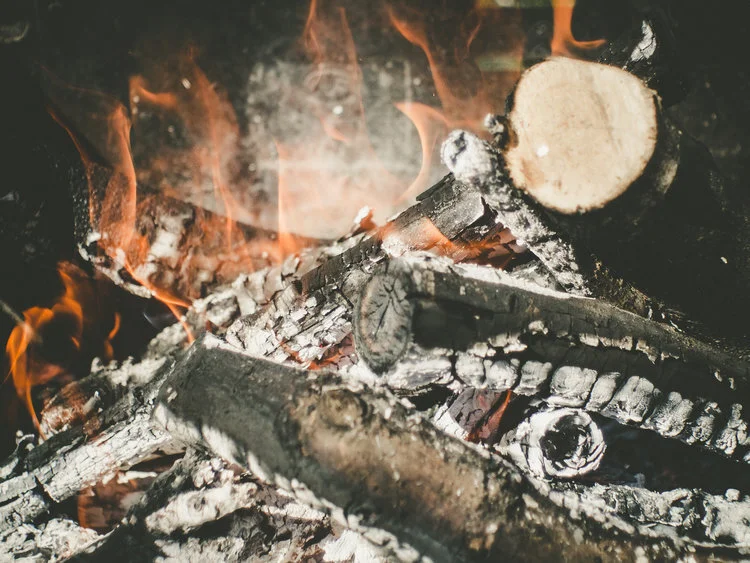Tri-Tip
Tri-tip is standard fare here around Santa Barbara. But in much of the country, this cut of meat is virtually unknown. One of the three muscles at the bottom of the sirloin, the cut of beef makes up the trademark portion of what is today considered this area’s own style of barbeque.
The tri-tip cut was “invented” in Santa Maria in 1952, at an old Safeway on the corner of Mill and Vine streets. Filling in for the regular butcher, who was on vacation, Larry Viegas was busy butchering beef loins, separating the tenderloins from the top block sirloins. As was the practice in those days he trimmed off the fibrous, triangular tip of the sirloin and set it aside to be ground into hamburger meat or cut into stew beef.
The only problem was that the meat department already had more ground beef and stew meat than they could sell that day. So the meat department manager—a one-armed butcher named Bob Schutz—told Viegas to put the tip of the sirloin on the rotisserie. “Are you nuts?" replied Viegas. "It'll be tough as hell." At Schutz's urging, he seasoned the meat with salt, pepper, and garlic powder and threaded it onto the turnspit. What a surprise when the two men tasted it! Spit roasting kept the meat moist, cutting it into thin slices across the grain kept it tender, and it had the rich, sanguine flavor of costlier sirloin.
The store manager came into the meat department just as the two men were sampling the meat. “What the hell is that?” he asked, not thrilled that his employees were lunching on Safeway merchandise. “Tri-tip” blurted out Schutz, mindful of the cut’s triangular shape. “What the hell’s a tri-tip?” grumbled the manager. “It’s not in the meat cutter’s handbook.” It was hardly an auspicious start for a regional barbecue classic.
The tri-tip was not an overnight success, however. The fact is, if it hadn’t been for the enthusiasm of budget-minded salesmen from a nearby used car dealership, the tri-tip probably would have gone the way of the eight-track audiotape. But word gradually spread of this inexpensive cut that tasted like high priced steak. A few years later, Schutz opened his own butcher shop and actively began promoting tri-tip. Airmen from nearby Vandenberg Air Force Base acquired a taste for it and spread the word further. Soon, Clarence Minetti began selling the cut at his restaurant, the Far Western Tavern, in Guadalupe.
Today tri-tip is found throughout central California. Indeed, when Santa Marians, many Santa Barbarans, and even Los Angelinos speak of barbecue, grilled tri-tip is frequently what they mean.

